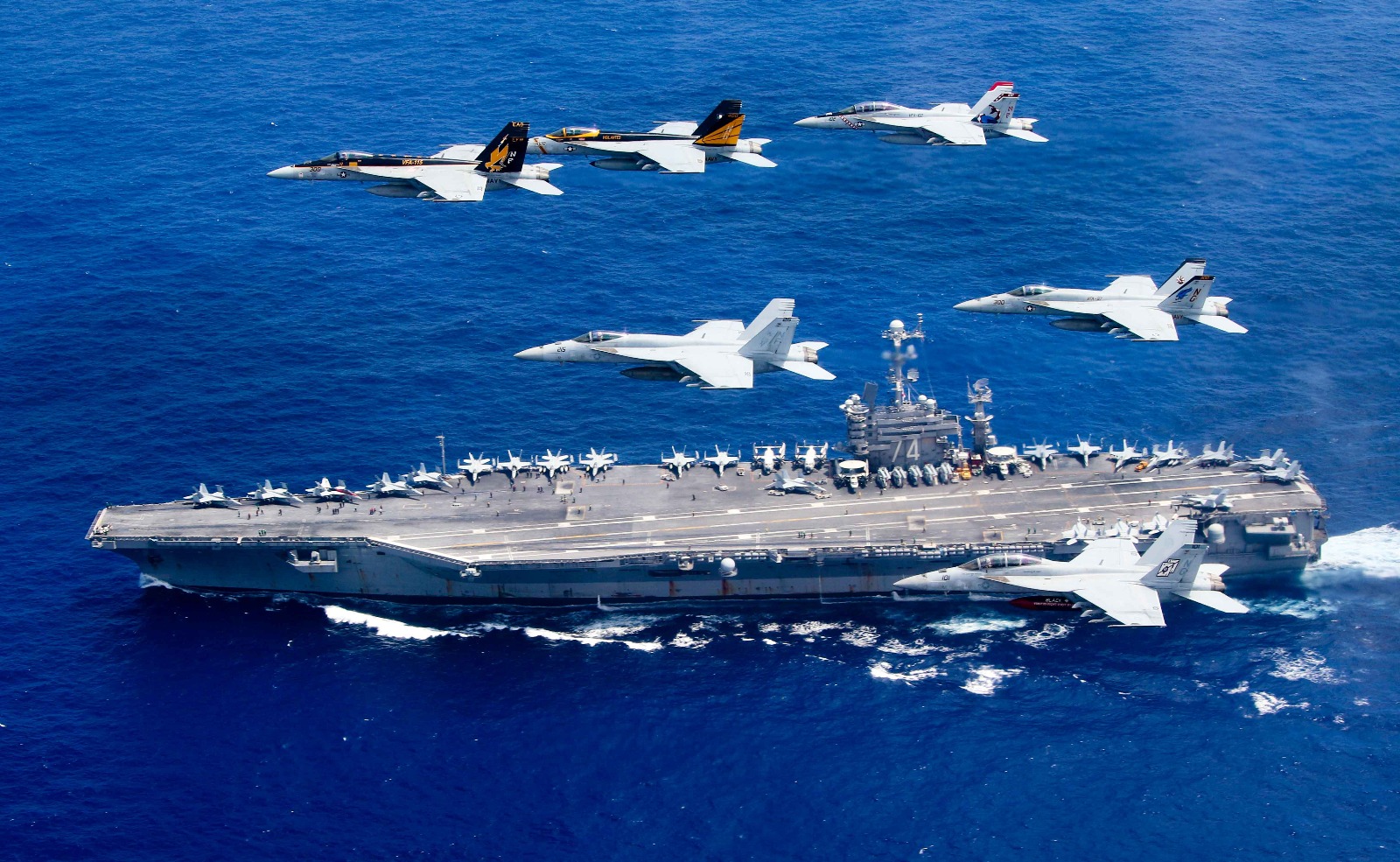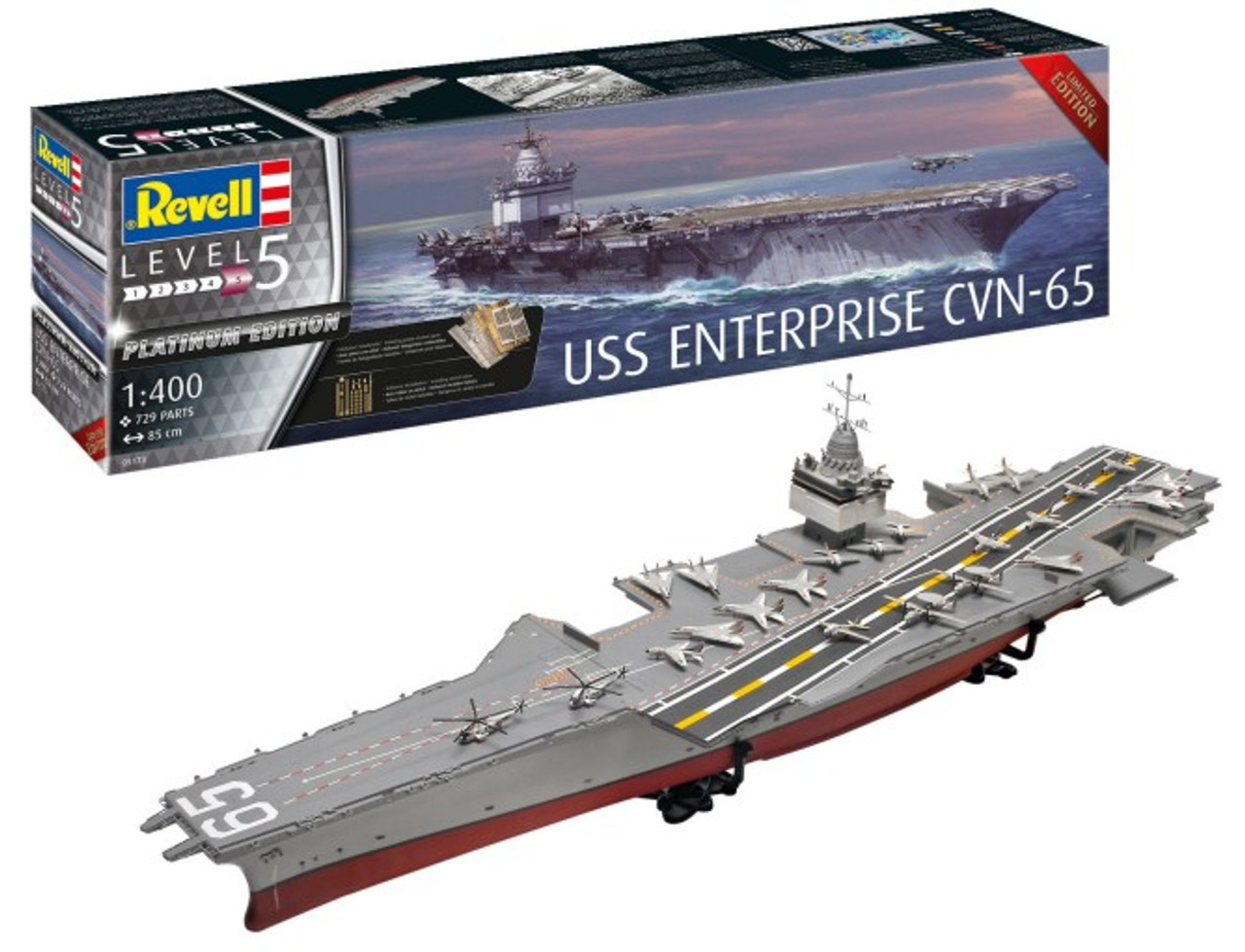Germany Aircraft Carrier - Here's what you need to remember: And of course, there's the question of who will control the European carriers. Where will it be built, who will build it and which aircraft will fly (France has built its own Rafale M aircraft carrier, while Britain has stopped the F-35)? What authority will order it and implement it in dangerous situations?
Annegret Kramp-Karrenbauer, president of the Christian Democratic Union of Germany and a possible successor to Chancellor Angela Merkel, created a stir when she advocated that European countries work together to build the carrier.
Germany Aircraft Carrier

"Germany and France are already working together on the future fighter aircraft project of Europe," he wrote in an essay in the German newspaper "Die Welt" (English translation here). "The next step could be to start the symbolic project of building a common European aircraft carrier to express the global role of the European Union as a force that ensures security and peace."
Amazon.com: Revell 05164 :720 German Aircraft Carrier 'graf Zeppelin' Plastic Model Kit
Merkel seems to support this idea. "It is right and good that we have such equipment on the European side, and I am happy to work on it."
Ironically, Kramp-Karrenbauer actually rejected calls from French President Emmanuel Macron for tighter European integration. "There is no version of a European superstate that can achieve the goals of a Europe that is composed of sovereign member states, and can take action," he said.
But it still leaves open common European defense policy, including the European Security Council which includes the UK. and European aircraft carriers.
Significantly, even Kramp-Karrenbauer referred to the euro-bearer as a "symbolic act". The value of an aircraft carrier is a mobile airport that can station aircraft near places that are difficult to reach by land-based aircraft. It is important for some countries with global interests or pretensions, such as the United States, Russia, China and even the United Kingdom and France, two European countries that act as operators. England, for example, sent her new aircraft carrier, HMS
List Of Aircraft Carriers
, and the new carrier proposed to replace it, showing the remnants of French colonial interests in places like the Indian Ocean.
But most European countries do not regularly send warships to foreign stations, or have a small navy, or are land-locked and do not need a navy. Aircraft carriers will have limited value in a conflict with Russia in Eastern or Northern Europe, or the Baltic states. It needs advanced defenses, and escort ship sails, to survive in the Baltic against the Russian navy and air force, as well as coastal defense missiles such as the hypersonic K-300P Bastion. Even the US It is difficult to imagine that Europe will design and finance a more powerful and survivable ship than America's $13 billion.
Europe has interests in the Mediterranean. In 2018, Britain and France joined the United States in launching air and missile strikes against Syrian government installations. But ground planes can operate from Cyprus or Italy. The European Union also wants to stop the massive flow of illegal immigrants crossing the Mediterranean Sea to Europe. The carrier will be a very expensive coast guard vessel.

Perhaps the real question is not what the seller will bring, but what Europe will give up. Germany's military was barely functional, with Typhoon jet fighters that didn't fly, ships that couldn't sail and an untrained army that was a fraction of its Cold War strength. Many NATO members do not even spend the 2 percent of GDP they are supposed to spend on defense, leaving little money for expensive carriers, carrier-based aircraft and escort ships. The biggest threats facing European nations, from Russian missiles to cyber warfare, carriers cannot handle.
Kms Graf Zeppelin
And of course, there is the question of who will control the European carriers. Where will it be built, who will build it and which aircraft will fly (France has built its own Rafale M aircraft carrier, while Britain has stopped the F-35)? What authority will order it and implement it in dangerous situations?
Unless continental Europe plans to attack Britain in a new Operation Sealion, the carrier is the wrong choice. The German navies—Kaiserliche Marine, Reichsmarine, and Kriegsmarine—all planned to build aircraft carriers, although none ever entered service. The ships are based on knowledge gained during experiments with seaplanes operated by the Kaiserliche Marine during the First World War.
These ships did not meet the needs of the High Seas Fleet, however, and a more ambitious plan to convert the unfinished passenger ship SS Ausonia into an aircraft carrier was proposed in early 1918. November, however, as resources could not be diverted from the U-boat.
Beginning in the mid-1930s, the Reichsmarine began studying designs for a new type of aircraft carrier to meet the needs of a revitalized German fleet; In 1936, this concept was developed in the Graf Zeppelin class, the first member of which was laid down for the Kriegsmarine rammed in December of this year. The second ship, designated Flugzeugträger B, followed in 1938, and the Naval Expansion Plan Z saw the next two carriers of the new design enter service in 1945. However, none of the ships of the Graf Zeppelin class would be completed. Right. until the outbreak of World War II in September 1939; Work on both ceased in early 1940, and Flugzeugtrager B was scrapped shortly thereafter. Work on the Graf Zeppelin resumed in 1942, but was stopped again in early 1943 due to more pressing needs. During the second period of this construction, the Kriegsmarine proposed to convert several passenger ships and two unfinished cruisers into auxiliary aircraft carriers, although none of these were completed, and in 1945 all were sunk or captured as war prizes by the Allied Powers. .
Battleship Diplomacy: Britain's New Aircraft Carrier Joins Nato, Has Message For China
The first planned aircraft carrier came in 1918, the end of the First World War; The German Kaiserliche Marine (Imperial Navy) had previously experimented with seaplanes operated from ships such as the armored cruiser Friedrich Karl.
A big step forward came in 1918, when the Stuttgart light cruiser was converted into a dedicated seaplane TDER. In the same year, the Navy decided to convert the Ausonia passenger ship, TH under construction, into a straight-deck aircraft carrier.
Construction priorities in the last year of the war, however, meant that the ship would never be completed. Available shipyard capacity is dedicated to building U-boats for the merchant raiding campaign.
With no conversion work, the plan is abandoned. The unfinished Ausonia was converted for scrap in 1922.
Uss Gerald Ford: Us Navy's Latest And Most Advanced Aircraft Carrier Deploys For First Time
The Navy began design work on a new class of aircraft carrier in the mid-1930s; The first proposal was for a 22,000-ton (22,000 h) ship with a capacity of 50 aircraft, prepared in 1935.
The Anglo-German Naval Agreement, signed that year, allowed Germany to build up to 35 percent of the strength of the Royal Navy; This is equal to 38,500 long tons (39,100 t) of aircraft carrier cost.
By scaling the design back to 19,250 long tons (19,560 t), two ships could be built within the allotted tonnage. During the design process for what would eventually become the Graf Zeppelin class, the size of the new aircraft carrier was significantly increased. When the keel for the first ship, tentatively named Flugzeugträger A (Aircraft Carrier A), was laid down in December 1936, the standard displacement had increased to 26,931 long tons (27,363 h). Displacement continues to rise during construction as the plan is revised; In 1939, it increased to 28,090 long tons (28,540 t).
When the first ship, now named Graf Zeppelin, was launched in 1940, its displacement increased to 33,500 long tons (34,000 h).
H 069 1: \
No ship will be finished. The navy decided that it would take too long to complete one of the ships, and since the anti-aircraft weapon Graf Zeppelin could be used for the defense strength of the directly conquering Norway, the naval command convinced Hitler to stop the construction of both ships in At the beginning of 1940, and the aircraft carrier B did not last long.
But in January 1943, Hitler-furious over the failure of our Navy in the Battle of the Bart Sea, where two cruisers left by escorting our convoy - again ordered the ship to be cancelled.
The ship was built in 1945, when the Soviet Red Army was advancing, but it was raised and captured by the Soviets after the war. His ultimate fate remained unclear for years until Soviet records were opened after the Cold War. The Soviet Navy sank in a weapons test in July 1947;

At the beginning of 1942, the German Navy recognized the value of aircraft carriers, especially after the British attack on the Italian fleet in Toronto in 1940 and the loss of the German battleship Bismarck in 1941. Therefore, the Navy chose several ships to be . Converted into auxiliary ships. Aircraft carrier May 1942, including passenger ships
German Carrier Line Concept
Germany carrier, charleston aircraft carrier, lego navy aircraft carrier, lexington aircraft carrier, army aircraft carrier, aircraft carrier san diego, midway aircraft carrier, aircraft carrier, aircraft germany, aircraft carrier lego, aircraft carrier lego set, aircraft carrier museum ships
0 Comments